Hey guys, today let’s talk about skin types. We hear these terms thrown around everywhere all the time, like normal skin, dry skin, combination skin, oily skin, and sensitive skin.
So, let’s talk about what the definition of these skin types really are, how to determine your skin type, and what relevance they should have in taking care of your skin and in your skincare routine.
The Importance of Skin Types in Skincare
Now, this is something that has really become a cornerstone in skincare. Nowadays, we see more and more products being marketed towards specific skin types. But what we want you to walk away with today is not just an understanding of the differences between these skin types. Most importantly, we want you to understand that these types are supposed to be helpful guides. They’re not meant to box you in.
Also, keep in mind that there’s no such thing as a “good” or “bad” skin type. All skin types are unique and different, and there are pros and cons to each. Moreover, your skin type can change with age, hormones, the seasons, and even medications, which may either temporarily or permanently change your skin type.
So honestly, when it comes to skin types, even though we tend to generalize by saying, “This is suitable for oily skin,” or “This is for dry skin,” we believe that these guidelines are most helpful as a starting point when you’re shopping for skincare products. Because nowadays, there are so many different types of products, formulations, and textures, it’s just meant to be a good starting point, especially if you feel overwhelmed.
If you know your skin type, that can be a helpful guide when selecting products. But again, it’s not a guarantee, and it’s not meant to box you in. It also doesn’t mean that if you have oily skin, you can’t use products formulated for dry skin and vice versa. At the end of the day, you know your skin best, and you should use products that work well for your skin—the ones that you enjoy using.
1. Normal (Moderate) Skin
Let’s start with normal skin. We don’t particularly like this term because we don’t really know what the definition of “normal” skin is. Like, what is “normal”? All of us are unique. Sometimes, we equate normal skin to “neutral” skin, in the sense that you’re neither super dry nor super oily, and you don’t have combination or sensitive skin.
But we feel like most of us, at baseline, have some mild skin concern, and that’s what propels us to use particular products, right? To address those concerns. If you don’t have a lot of concerns and you don’t feel like your skin is dry or oily, then great—you probably have skin that can tolerate and use various different types of products.
But the term “normal skin” is one we’re not really sure about. If you feel like you have it, great! You can shop and try out various products. For us, though, normal skin is a bit of a tricky term, and we don’t feel like it truly exists in the sense that everyone’s skin is completely unique.
2. Dry Skin
Next, we have dry skin. Dry skin is when your skin feels tight, sometimes hot, and looks rough and flaky, often with dry patches. Fine lines are also more accentuated when your skin is dry. Dry skin is often seen alongside eczema, as the two run hand in hand.
At the heart of dry skin is that certain enzymes, proteins, and lipids—like ceramides—are either missing or not functioning properly. We know from studying eczema that there’s a genetic basis for this. Essentially, dry skin lacks the healthy, functional skin barrier that helps retain moisture and water, which is why dry skin tends to feel dehydrated.
Common concerns associated with dry skin include eczema, keratosis pilaris, and overall skin sensitivity.
3. Oily Skin
Now let’s talk about oily skin. Oily skin is when your skin produces excessive sebum. The oil glands are more active, and this is usually genetically based. Oily skin often looks shiny and greasy, particularly in areas like the forehead, nose, and chin—the T-zone—where there’s a higher concentration of oil glands.
However, oily skin is subjective. We don’t have an objective way to measure it. It’s not like we can measure how much sebum your skin produces and label it “oily.” In contrast, dry skin is more easily identifiable—you can see the flaking, eczema patches, and breakdown of the skin barrier. Oily skin, on the other hand, can look shiny and greasy, but it’s also up to personal interpretation. One person might feel that their skin’s shininess is normal, while another might consider the same level of shine to be oily.
Generally, oily skin doesn’t feel tight or dry, and fine lines and wrinkles are less exaggerated. However, oily skin can still become dehydrated, as oil and water are not the same. You may have oily skin but lack sufficient hydration.
Overall, oily skin tends to be shiny in the T-zone and may be more associated with acne, though acne formation is complex and can occur in all skin types. In general, oily skin tends to coincide with fewer wrinkles, but it’s still important to keep the skin hydrated.
4. Combination Skin
Next up is combination skin, which, like normal skin, can be confusing to define. The true definition is that you are oily and shiny in the T-zone but dry in other areas, like the cheeks.
Many of us experience this naturally because we have more oil glands in the T-zone and produce more sebum there, while other areas of the face can be drier. However, combination skin is defined as having both oiliness and dryness, with the T-zone being oily and the cheeks being dry.
For those with combination skin, finding skincare products can be tricky. You might feel like you need different products for different areas of your face. This is why combination skin often requires more experimentation with different products and formulations to find what works best.
5. Sensitive Skin
Sensitive skin is often characterized by dryness and roughness, but more importantly, it tends to cause discomfort. Symptoms include tingling, burning sensations, and having difficulty tolerating certain skincare products, as these may cause irritation. Sensitive skin may also look red, flushed, and feel tight.
Sensitive skin is often associated with rosacea, and it can exist as a baseline skin type, or it may occur temporarily. Factors like seasonal changes, hormones, or overuse of skincare products can make your skin temporarily sensitive. In such cases, you don’t truly have sensitive skin; it’s just a temporary condition.
Those with sensitive skin often feel that their skin is drier because we know that sensitive skin is associated with increased transepidermal water loss and some kind of skin barrier defect. But beyond that, there are neurovascular components and even ion channels that trigger skin sensitivity, including burning and stinging sensations. Sensitive skin often burns or stings with various triggers.
Conclusion
We hope you found this blog post helpful! This is more of an introduction to skin types, and it’s important to remember that these categories are simply guides—they’re not meant to box you in. If you have any questions about skin types, feel free to comment below.
Thank you for reading!

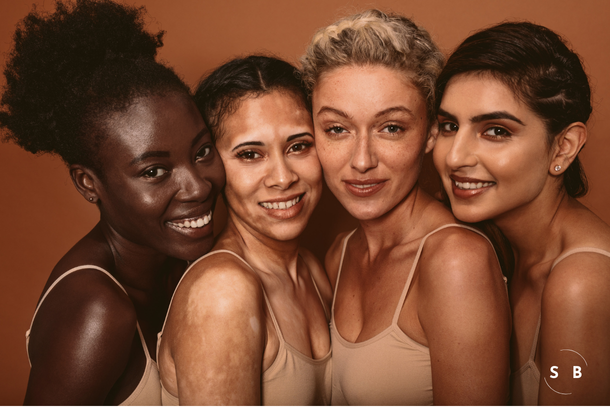

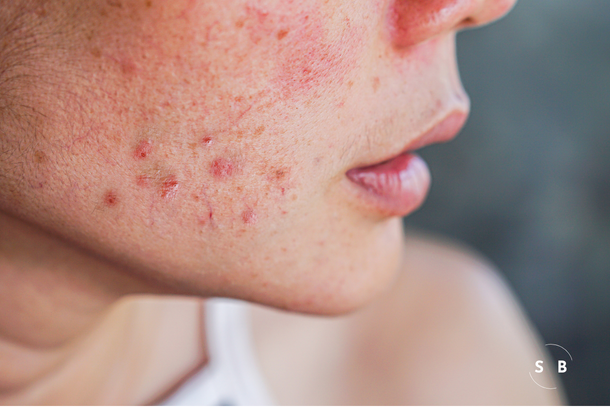
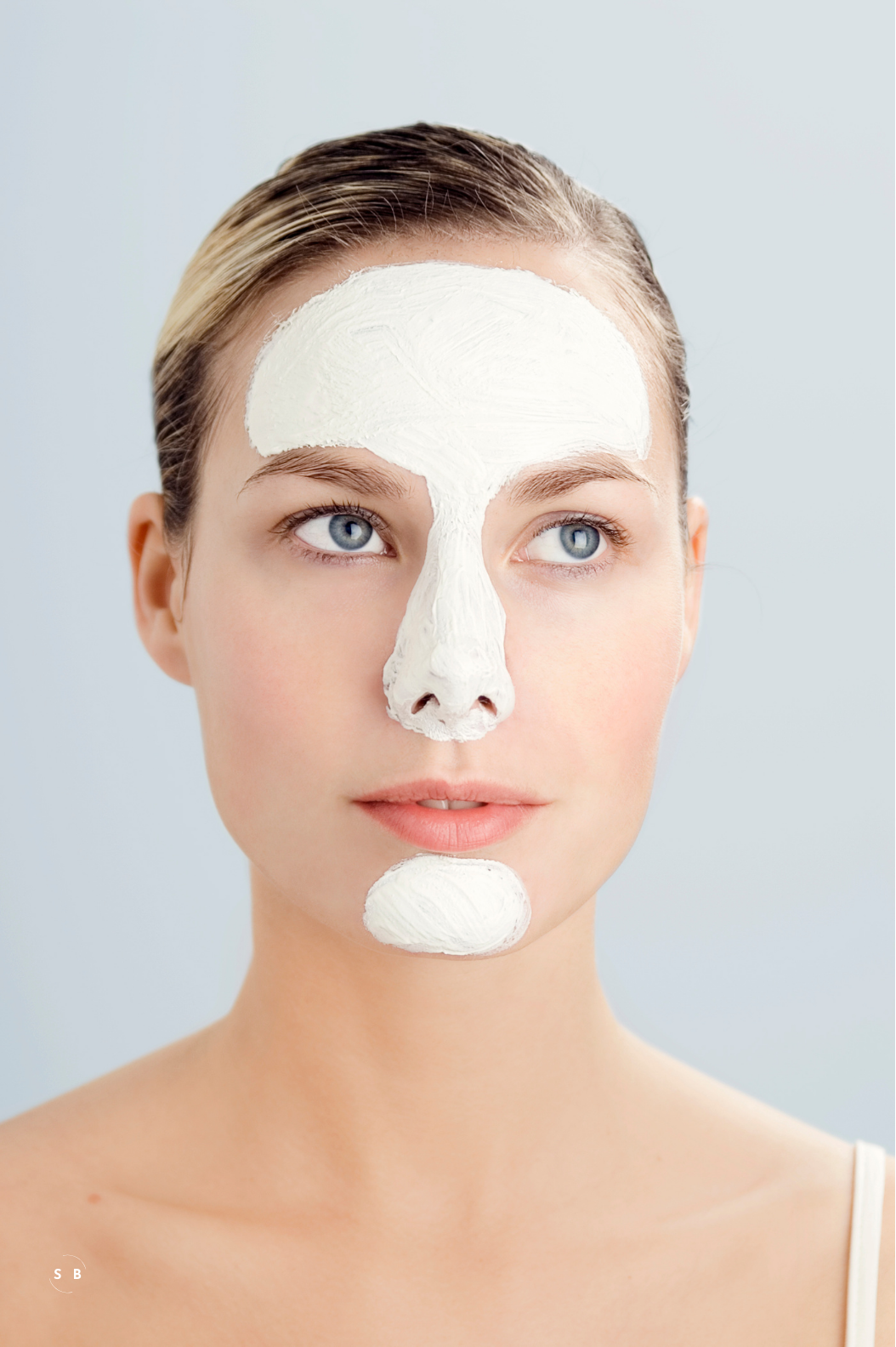
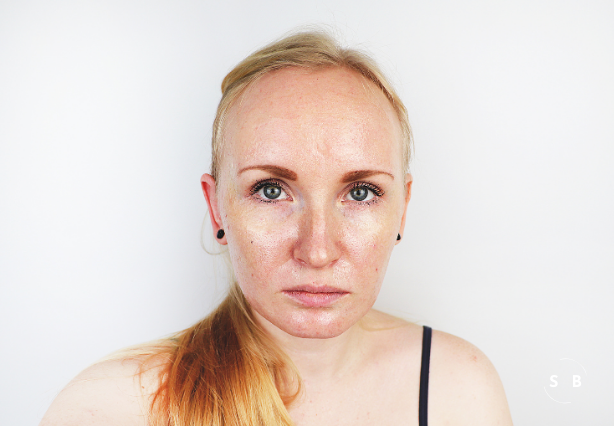
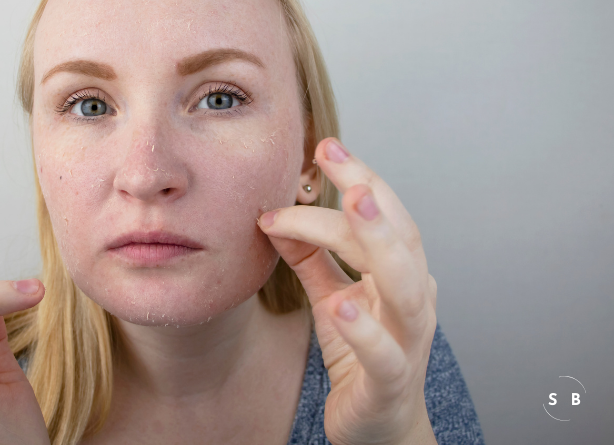
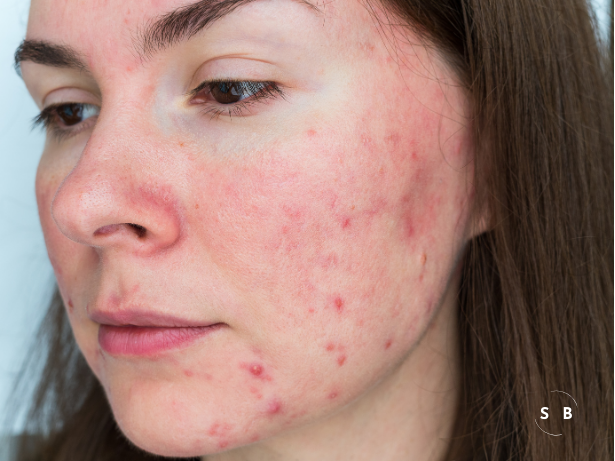

Leave a Reply